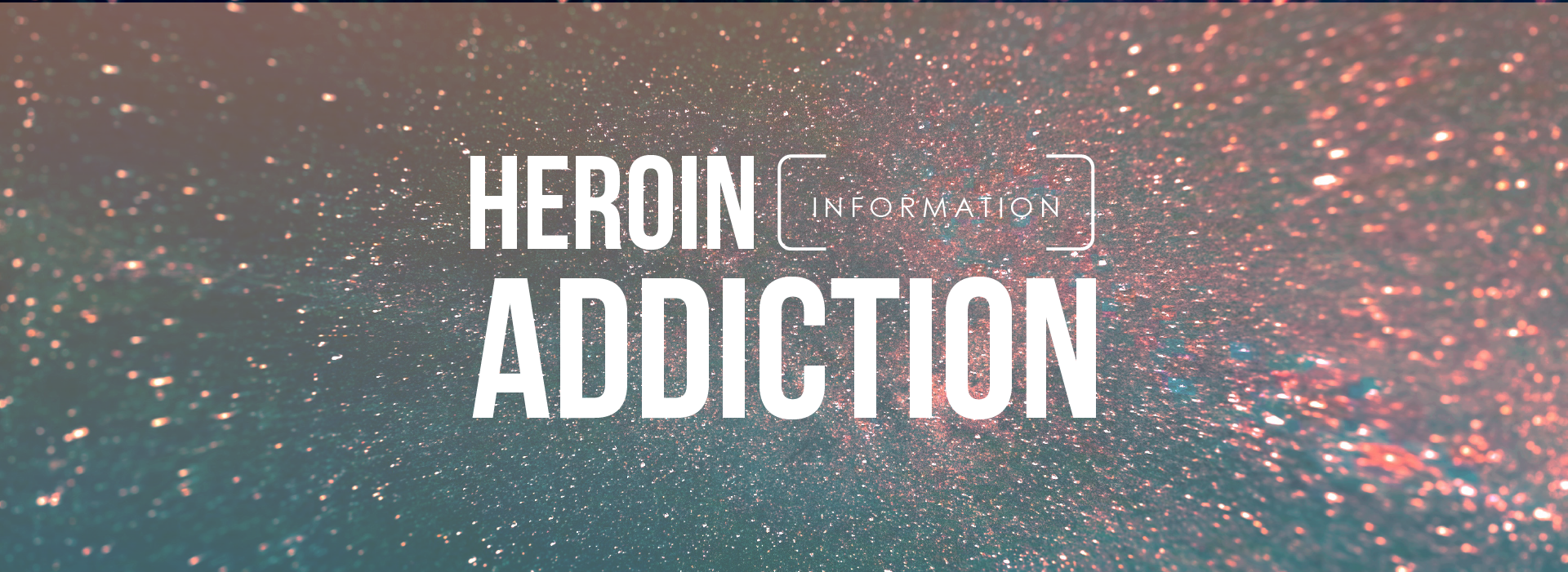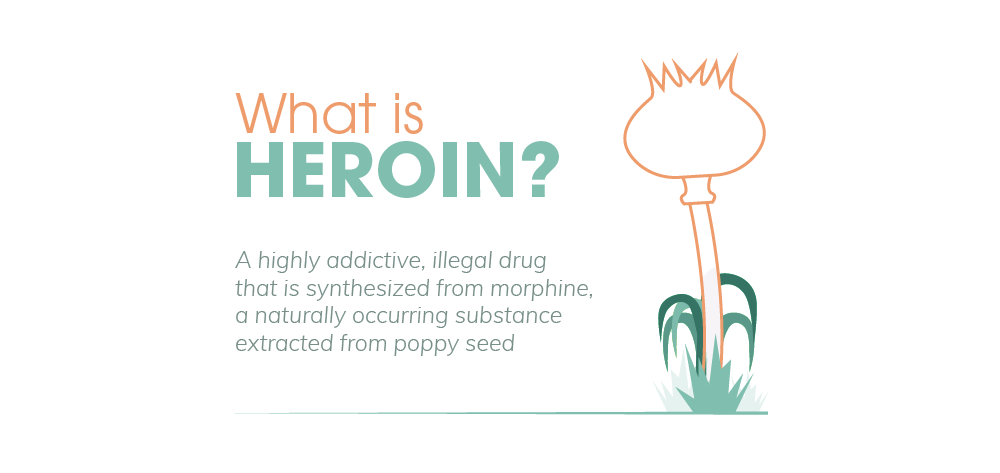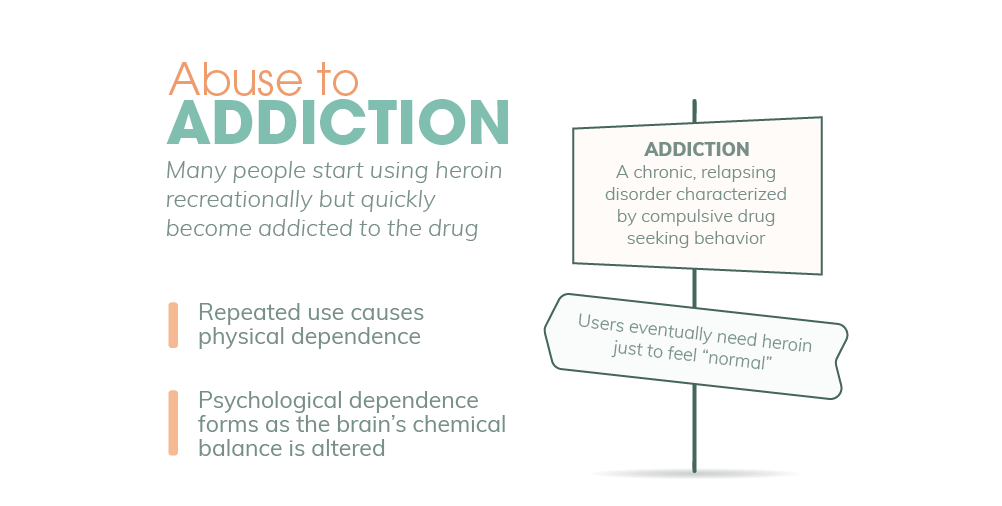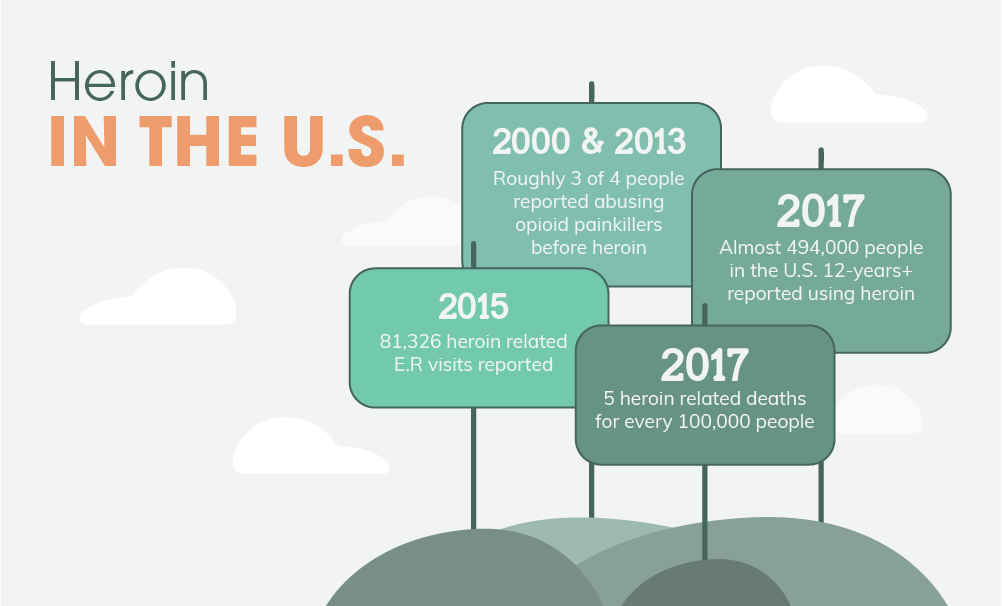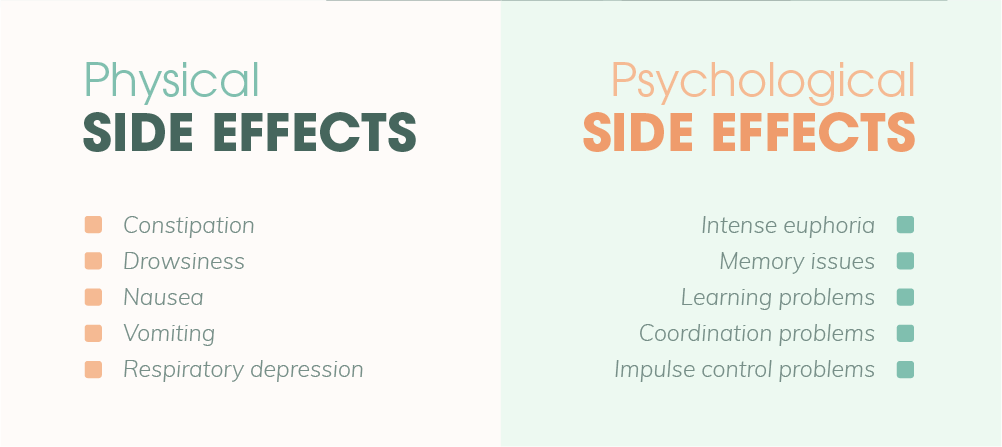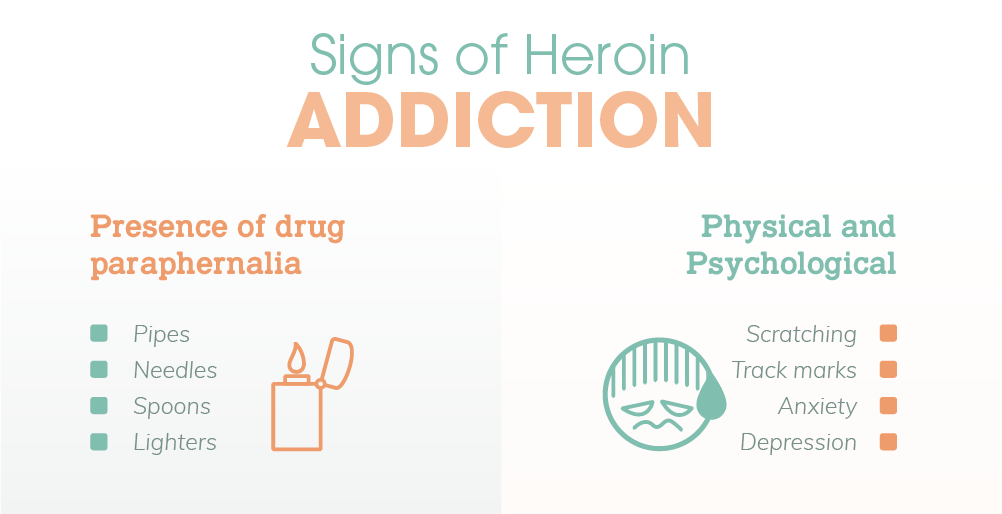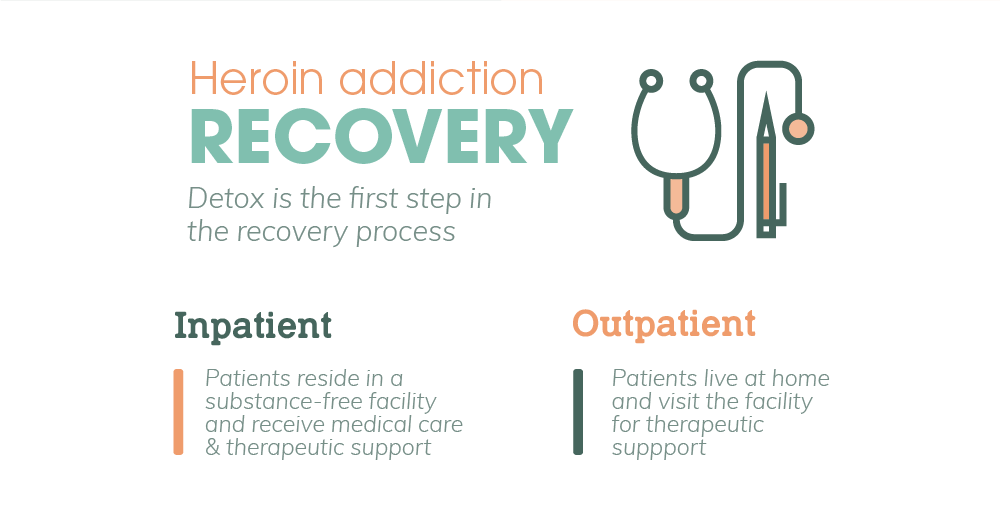The heroin high is extremely euphoric. It is common for this drug to make people feel nauseous, and vomiting and dizziness are also typical. But most people only experience these sensations with their first use. After that, their bodies start to adapt to the drug.
For a lot of users, heroin is really more about numbing their pain (whether it is physical or emotional) than about feeling good. It is often taken for self-medication purposes.
Heroin causes a flood of dopamine to the brain, which is where the feeling of euphoria comes from. This is quite desirable by those who did not feel good when they began using. It is also why this drug is so important to people who battle depression or anxiety.
A lot of people report that they feel warm and safe while they are high on heroin. It is why the drug is appealing to people whose home lives are unsafe. It helps them to relax and get the rest they need.
When it is taken in lower doses, heroin can make people feel calmer, less lonely and tense. They also feel happier overall, and they are more accepting of the people around them. With higher doses, users tend to disconnect from other people. They experience a dreamlike, or floating state, which can bring a lot of mental relief.

